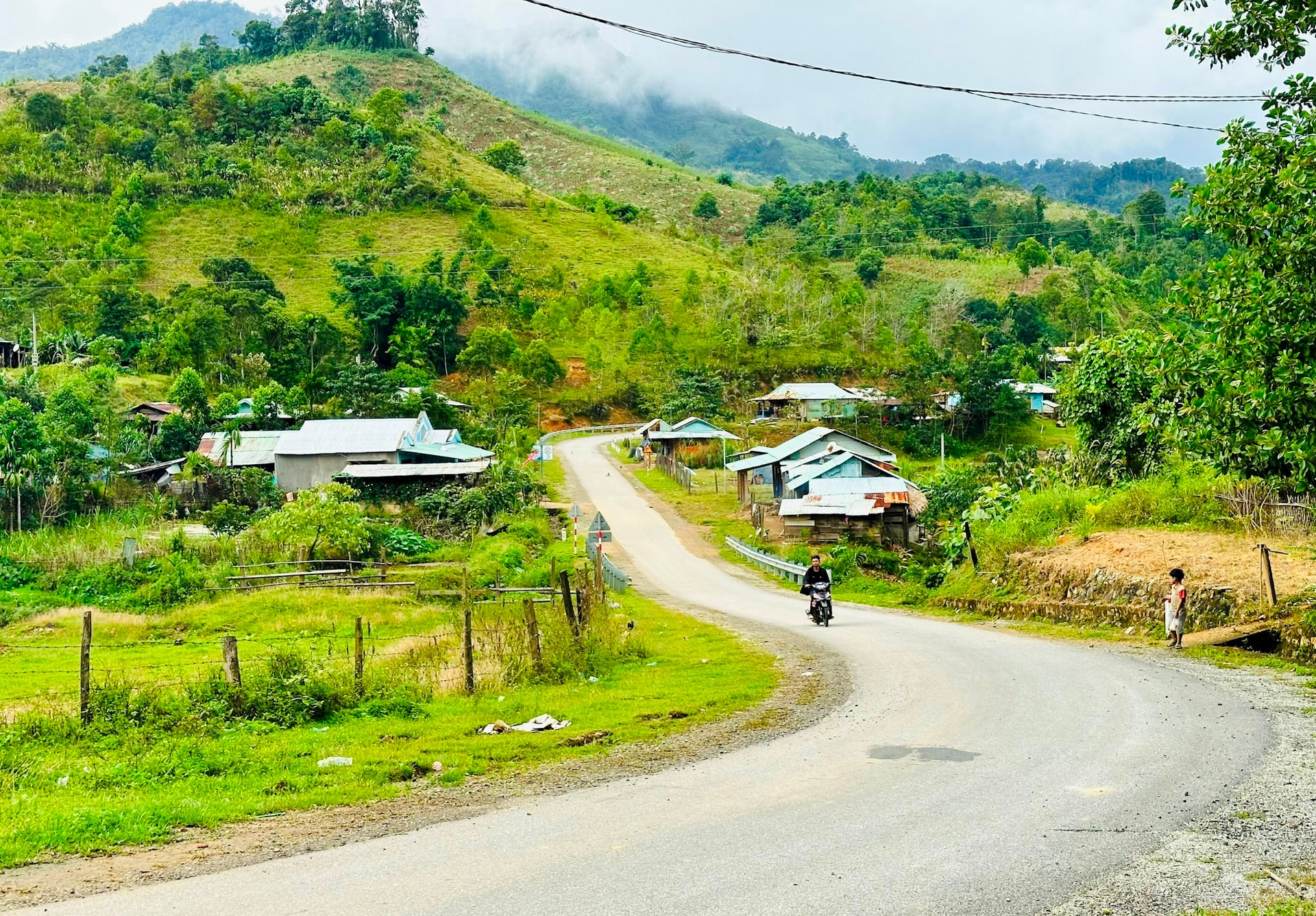
Right at the intersection, close to Khe Chu alley, the new flat road cuts through the mountain. We had to ask the people nearby to determine the location to enter the village. Many things have changed in Khe Chu. Even the house of old Nguyen Thanh Luan - former Secretary of the Tra Van Commune Party Committee, which once became a place for visitors to stay when they arrived in the village, is now located deep in a small "alley"...
1. The newly opened road, across Khe Chu, seems to embrace the Ca Dong village in the middle of the mountain valley. This place is no different from a model residential area, with electricity - roads - schools - stations. Solid houses stand among the empty land. Above the mountain range in front, are fields full of cassava. Fresh cassava crops, harvested in recent years, have helped many households in Khe Chu escape poverty, rebuilding their lives from the ashes of the past.
At noon, a large truck stopped right in front of a house near the village. In no time, people from Khe Chu village were carrying bags of fresh cassava to sell to traders. Elder Nguyen Thanh Luan said that the cassava field was like a journey to “save” the people of Khe Chu village.
After months of migration to the new land, when the relief supplies ran out, dozens of households could only cling to their gardens in the old village. However, for several consecutive years, the harvest failed. The local government encouraged people to change to new production methods, reclaiming hilly land to grow cassava.
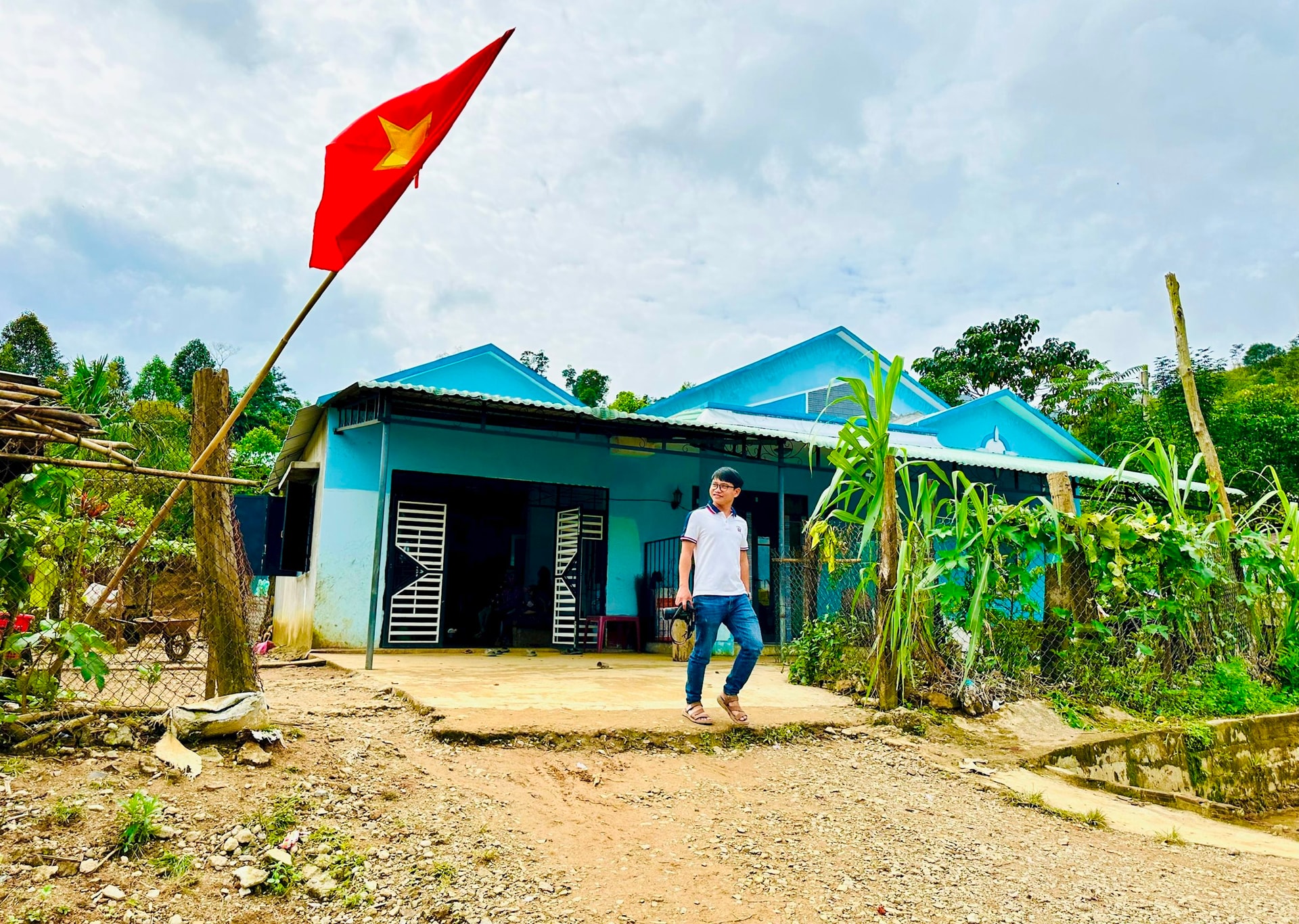
The first cassava fields were planted, covering the entire forest. This short-term crop has become an effective source of livelihood. “Now, almost every household has a cassava hill. Some have a few patches, some have a few hectares, and they are carefully tended. In addition to farming, cassava planting is considered a new direction to help people earn additional seasonal income and stabilize their lives,” said Elder Luan.
The conversation was interrupted by the footsteps of young men in the village. They had just returned from a trip up the mountain, carrying bags of cassava on their backs to the gathering place, passing by old man Luan's house. Old man Luan calculated that in Khe Chu, from the cassava harvest, many households had 50-70 million VND/year. In particular, a few years ago, there was a household that earned nearly 100 million VND, contributing to their livelihood in the mountains.
“In addition to growing cassava, people still cultivate fields, but this number is very small. Field land is now used to grow medicinal herbs and food crops, especially cassava and bananas. The cassava crop is harvested once a year, so almost every household has 1-2 hectares, which is considered to have “something in their pocket” after moving to the new village,” Elder Luan confided.
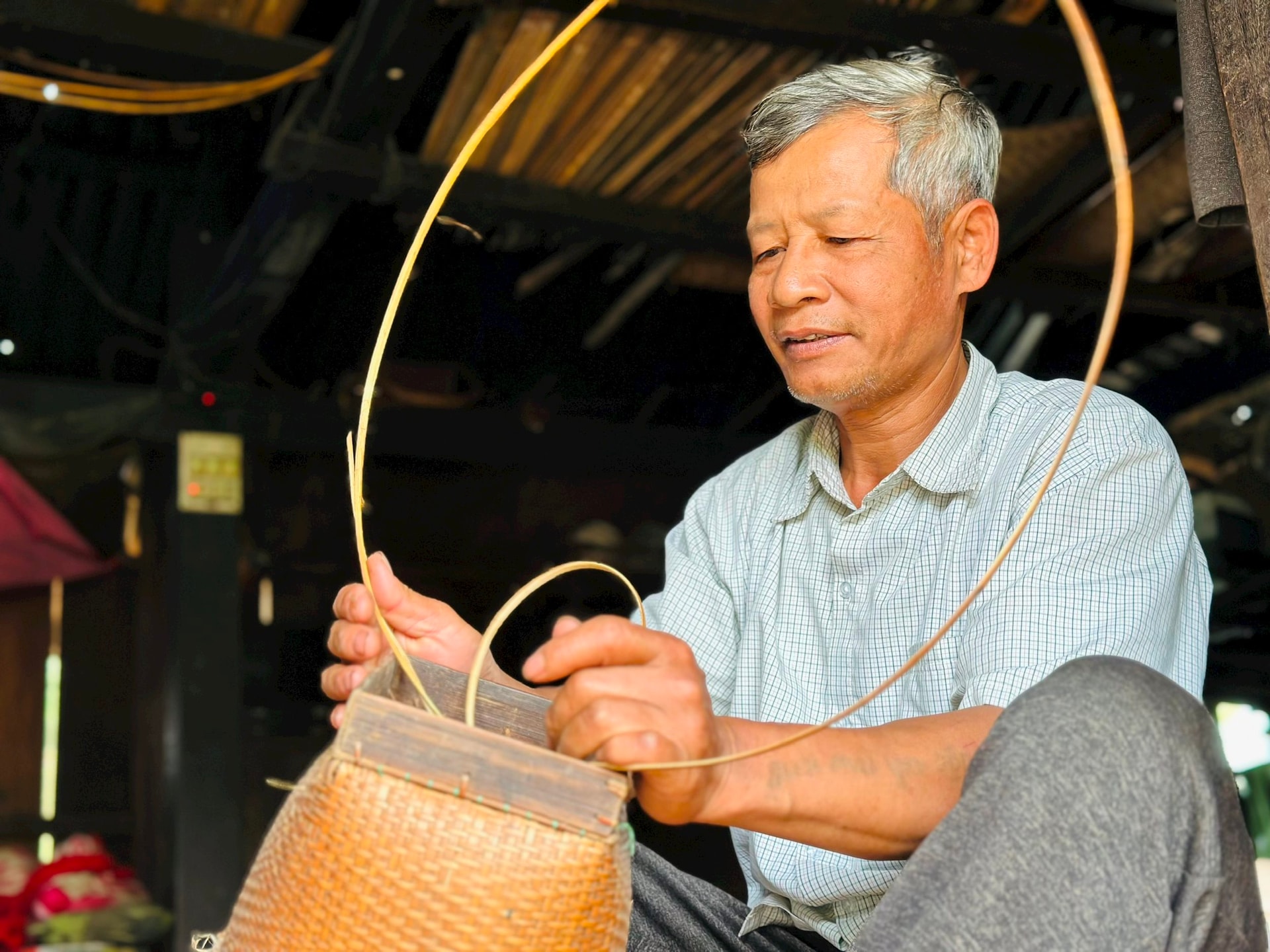
2. In Khe Chu, old man Luan is like a pioneer in changing the village’s way of thinking. A few years ago, after his retirement, he committed to the local government to take on a new “mission”: reclaiming land to grow cassava. While waiting for the first harvest, he farmed, planted cinnamon, and wove traditional baskets… to set an example for the community. The Ca Dong people have a habit of “following suit” when someone “opens the way”, so in no time, they switched from simple farming to growing cassava. Dozens of hectares of cassava were planted, covering the hills and mountains with green.
A year later, collecting all the initial income from the cassava growing model, old man Luan connected with traders in the lowlands to import essential goods, then set up a small grocery store for his wife to trade, serving the shopping needs of the Khe Chu community. Thanks to that, life gradually improved...
At the time of the landslide at Ong Tuan's peak (village 2, Tra Van commune), Elder Luan was the Party Secretary of the commune at that time. After the meeting, he and a few other officials in the commune both mobilized, explained and patiently supported the people to move to a new, safer location in Khe Chu. Mr. Luan's family went first, then the people followed. The unprecedented historic evacuation was carried out immediately after the "mountain-crushing disaster" struck.
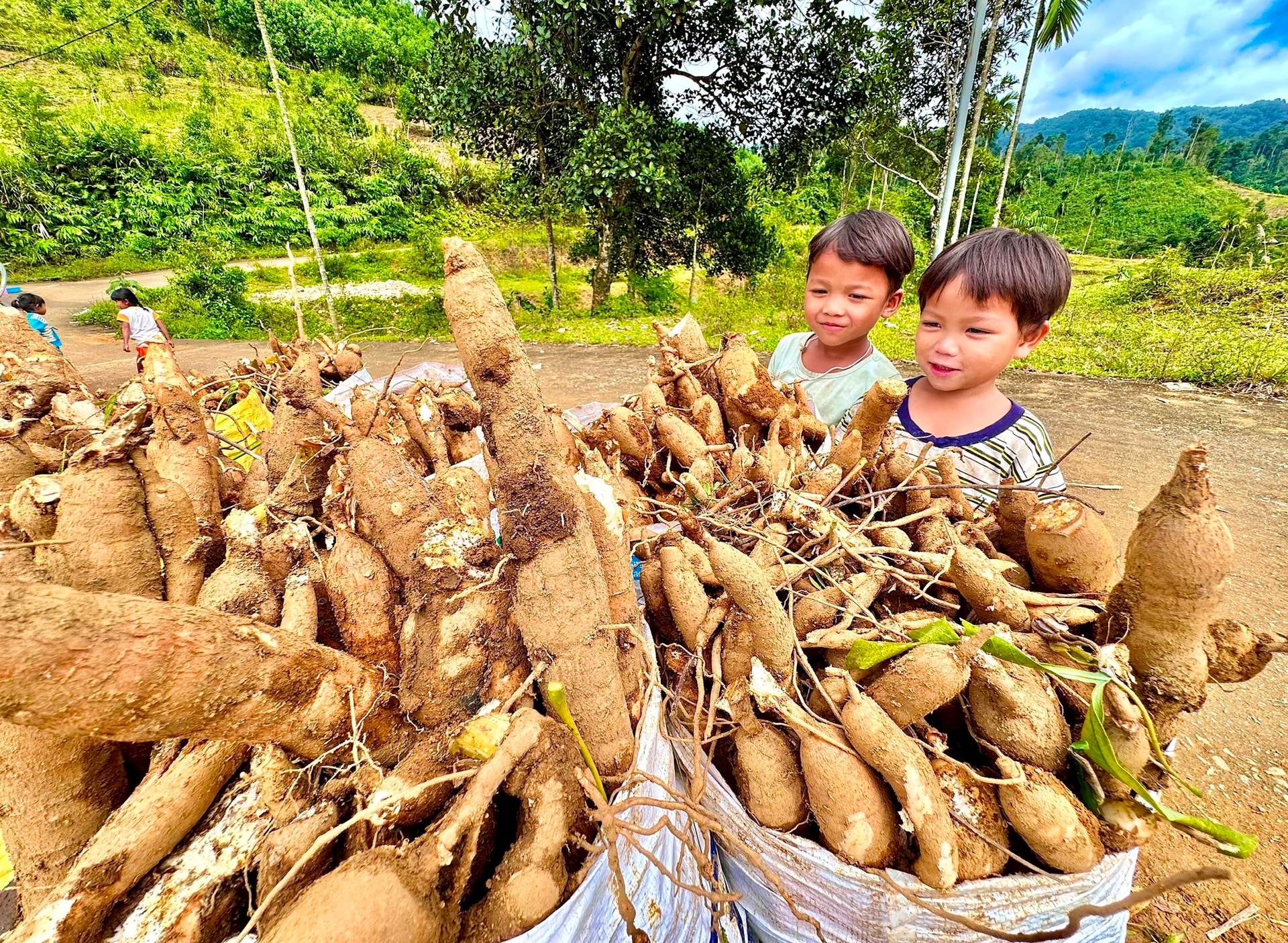
“At first, people did not want to move because they thought they would not be able to live in the new place. But after listening to our explanation, plus the insecurity about the consecutive landslides, not only on Ong Tuan peak, but also Ong Duong peak, Ong Trung peak, people also followed the migration to Khe Chu. Not wanting to be reminded of the sad past, after a meeting with the local government, people proposed to use Khe Chu as the name for the new village, with the hope that life would change a lot in the future,” recalled old man Luan.
Village 2 Chief Nguyen Thanh Som said that compared to the old area, Khe Chu has many obvious changes. Not only the advantages of roads and concentrated residential areas, in Khe Chu, people have the opportunity to do business and learn from each other in developing household economy.
However, when they first moved to Khe Chu, because they had not yet adapted to the new life and way of doing business, a few households intended to leave the village. Knowing this, the village authorities coordinated with influential people to persuade them to stay. In the rainy season of 2020, Khe Chu recorded the first landslide since moving in. Thanks to the initiative of the people and local authorities, the landslide did not cause serious impacts. That further increased the confidence of the Ca Dong village community in the new place.

“After that incident, Khe Chu people immediately started to build a new life. Although there were some difficulties with housing and water, after nearly a year, everything gradually stabilized. Dozens of houses were supported, people planted cassava, bananas, reclaimed rice fields, etc. From a land that initially had nothing, Khe Chu now has shops, schools, and convenient roads to connect trade and commerce. Many households started small grocery stores, gradually escaping poverty with their own and the community's efforts,” said Mr. Som.
3. The day I went up the mountain to Khe Chu was the last day of school for the students and teachers of the school. Teacher Ho Thi Phe was in charge of the class, also from Khe Chu village. At the time of the landslide at Ong Tuan peak, Ms. Phe was a third-year teacher at Quang Nam University. The village had an accident, but because she could not contact them, she did not know anything at that time. Later, Phe got the information from the press, but she was not allowed to return home until the Tet holiday.
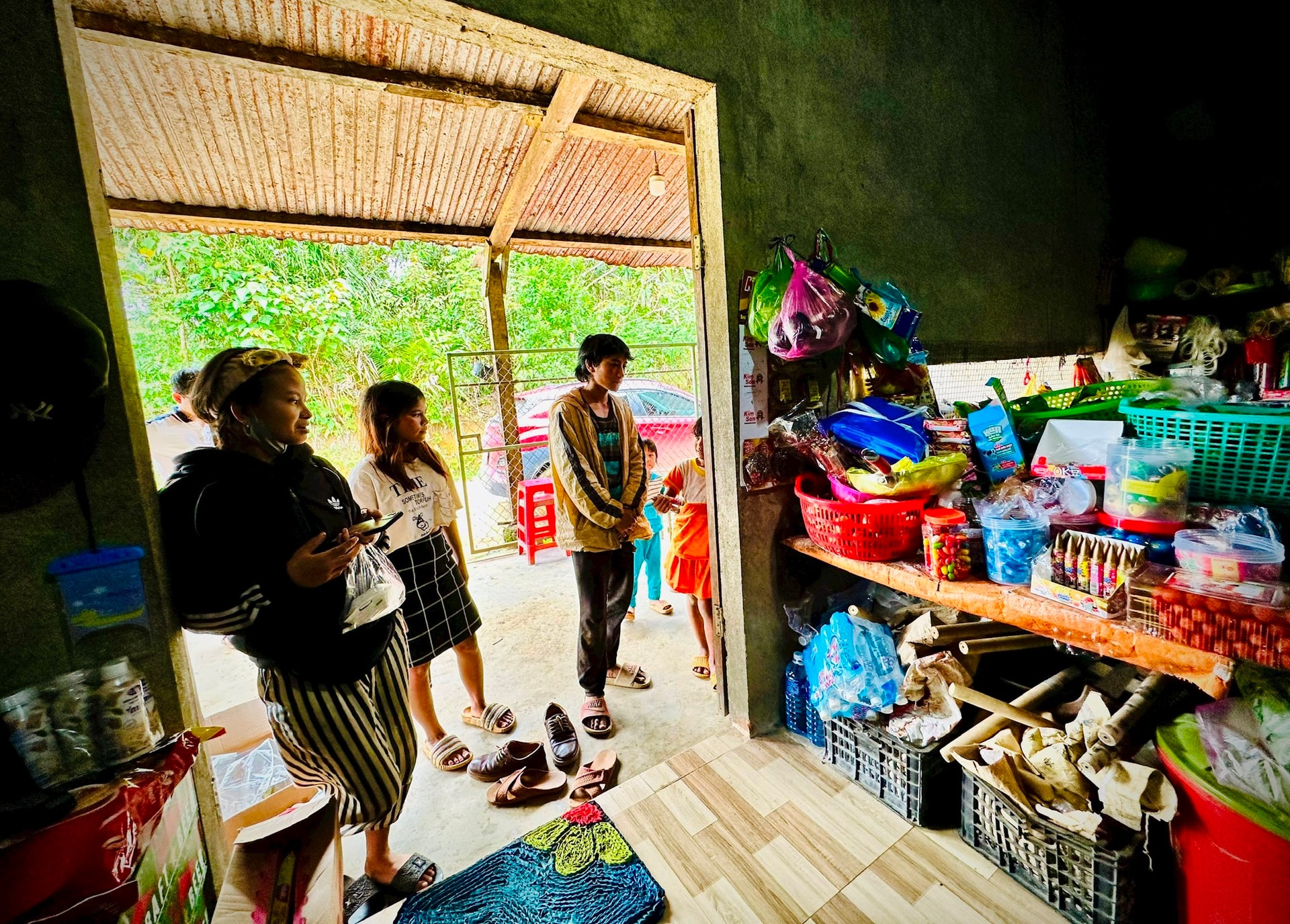
“I remember that when I returned home for Tet, everything had changed. The old village was gone, and dilapidated houses were built temporarily in Khe Chu field. At that time, I couldn’t find my house so I had to ask the villagers to show me the way. It was so painful… But, the past is past. Now Khe Chu has truly revived,” Ms. Phe confided.
Chairman of Tra Van Commune People's Committee Nguyen Thanh Phuong said that although there are still certain difficulties, after more than 8 years of moving to the new settlement, life in Khe Chu has many remarkable highlights. Most of the basic systems of national grid electricity, schools, residential roads, etc. have been invested.
In recent years, Khe Chu has received more attention and support in housing arrangements, contributing to the resurgence of the former disaster-stricken land. “People are no longer worried about the fear of landslides. New life is changing every day, that is what Khe Chu people are aiming for,” Mr. Phuong emphasized.
Source: https://baoquangnam.vn/hoi-sinh-khe-chu-3157806.html




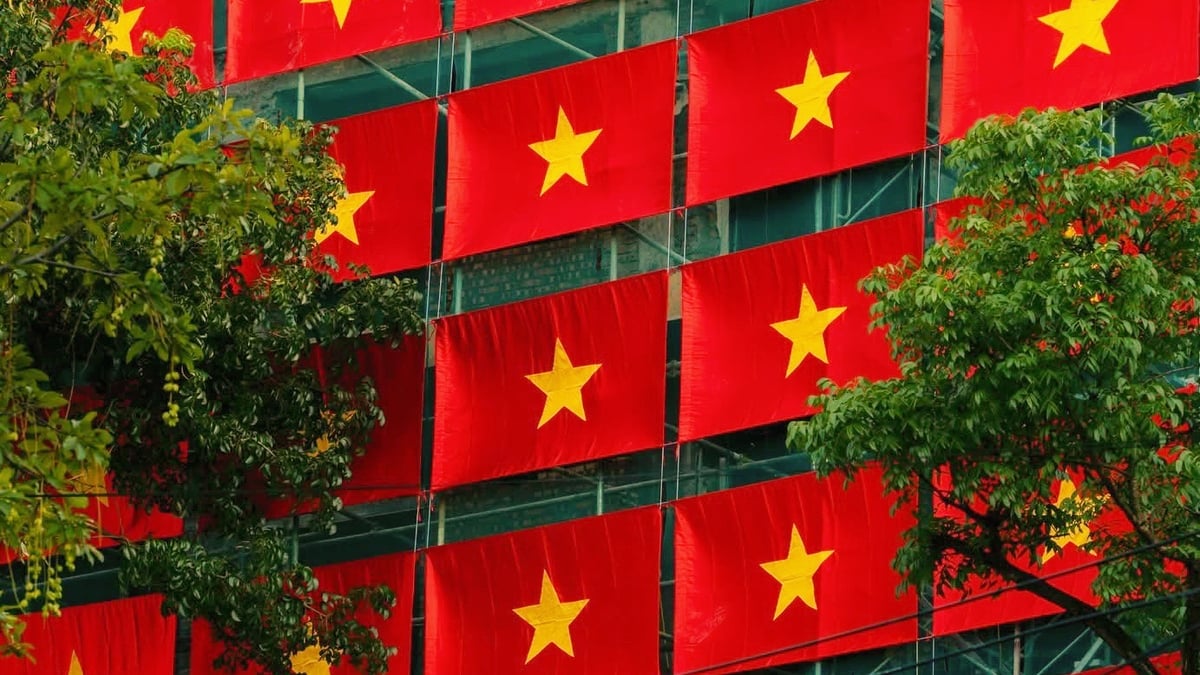
![[Photo] General Secretary To Lam attends the 80th anniversary of Vietnam's diplomacy](https://vphoto.vietnam.vn/thumb/1200x675/vietnam/resource/IMAGE/2025/8/25/3dc715efdbf74937b6fe8072bac5cb30)
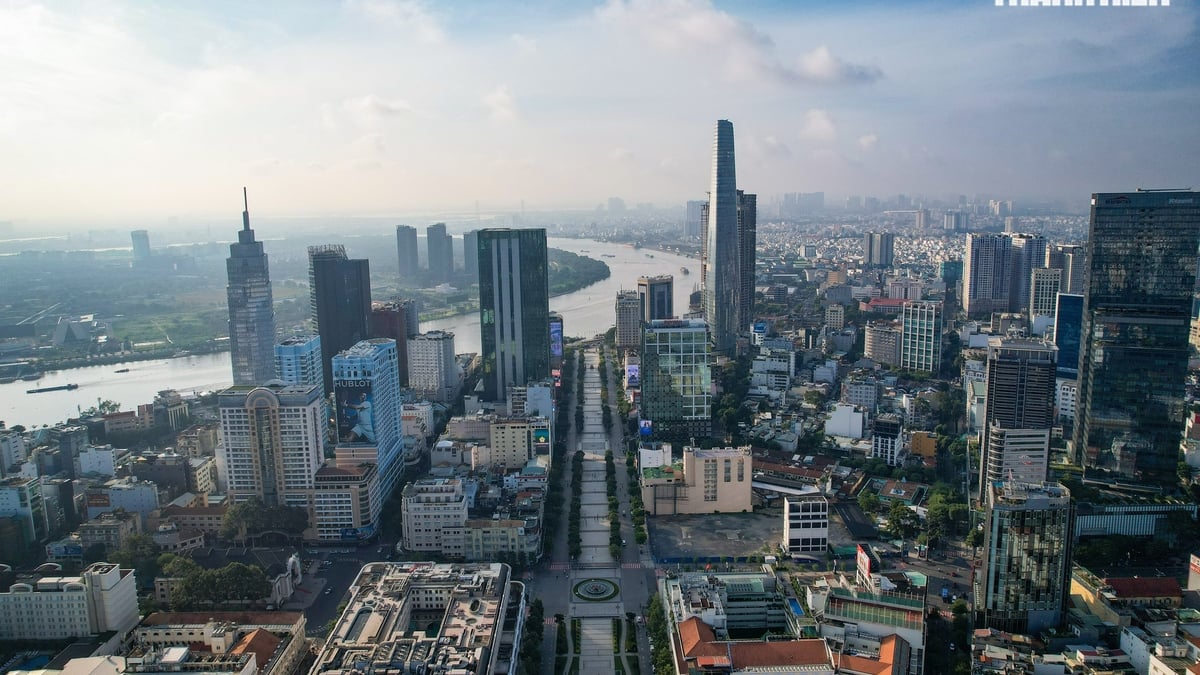

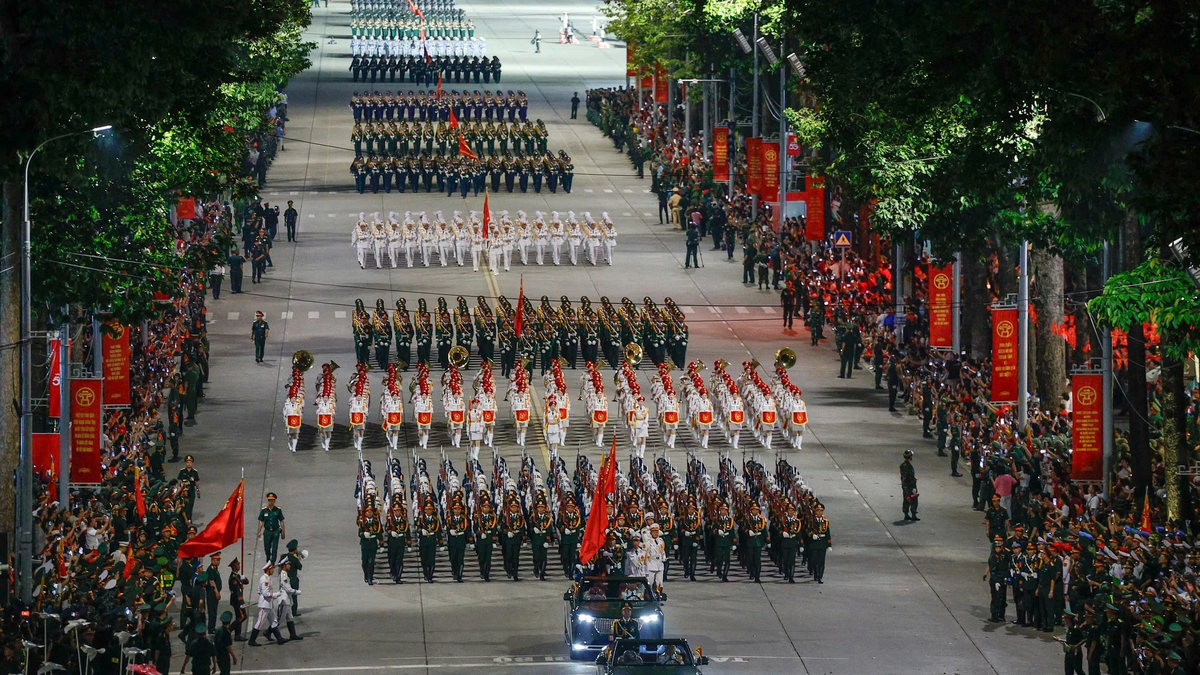
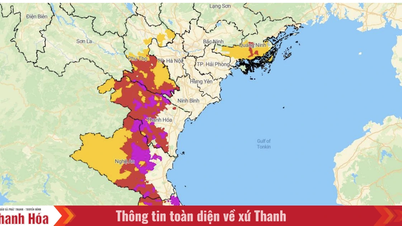









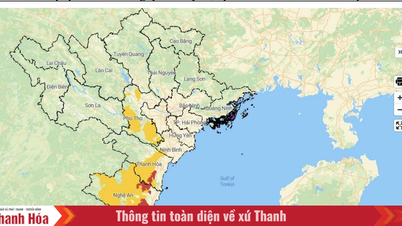
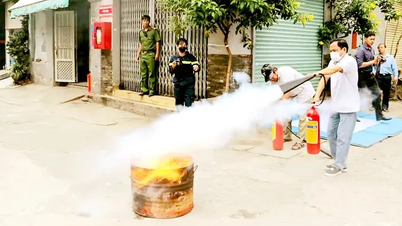
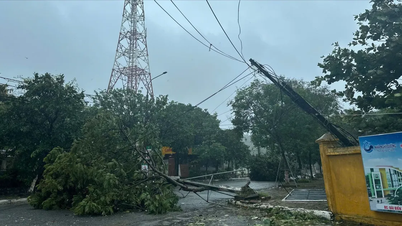
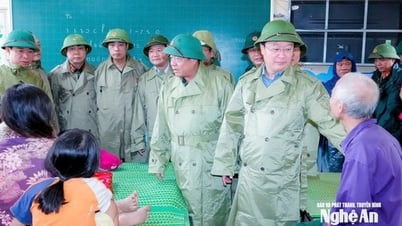

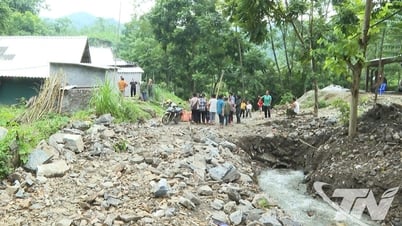

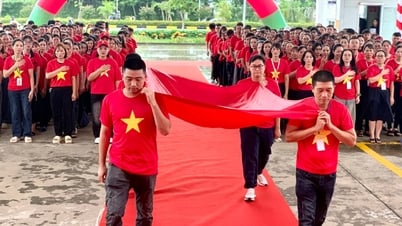




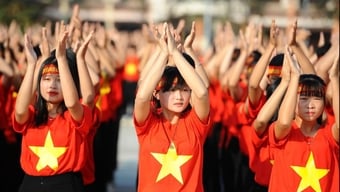



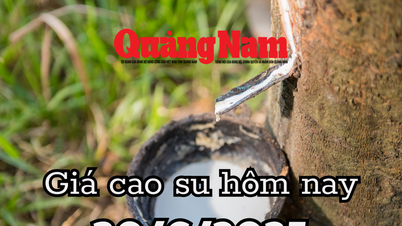

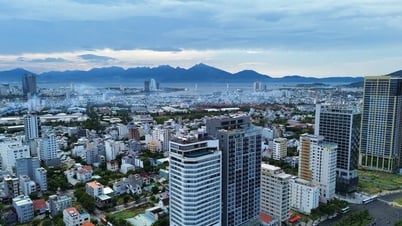






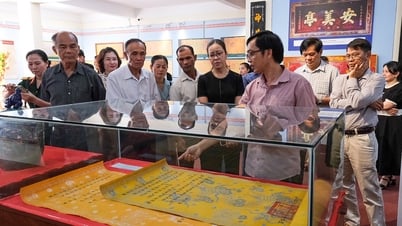

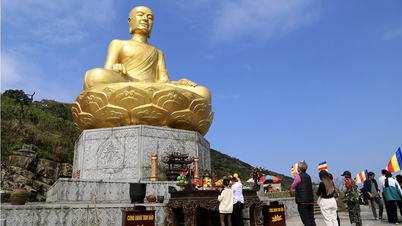

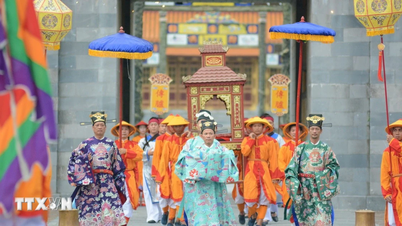

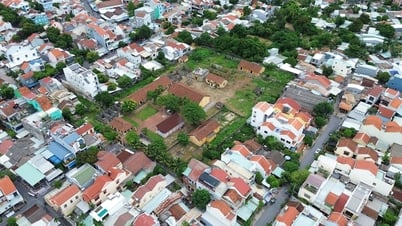





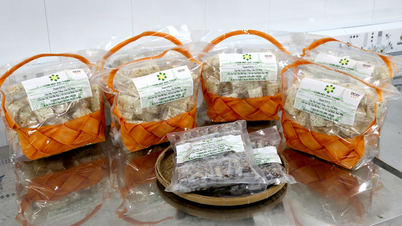





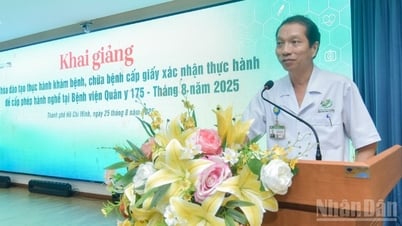

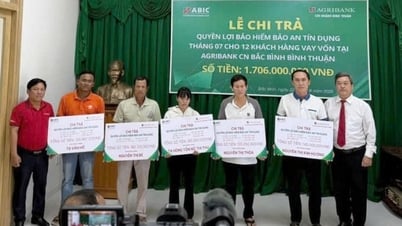



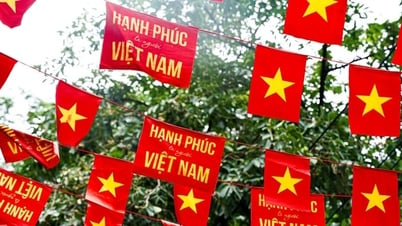




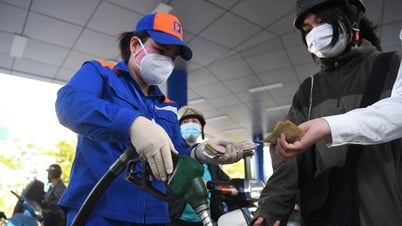
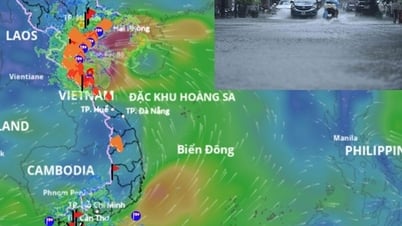

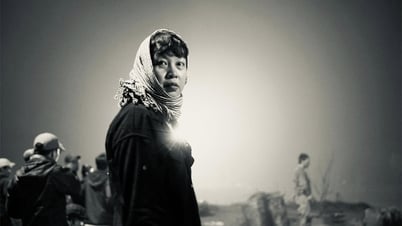










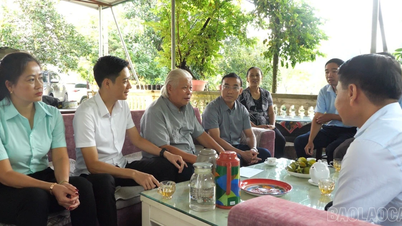

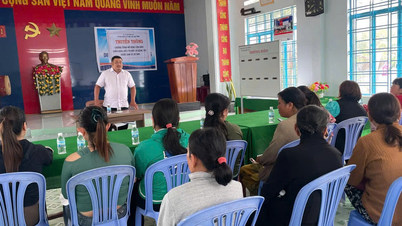

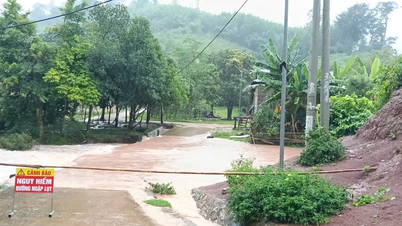

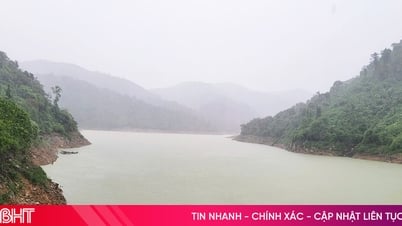







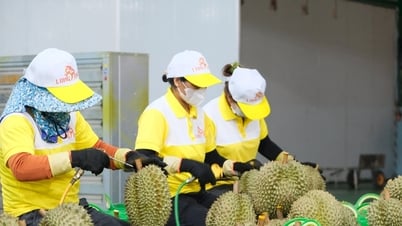


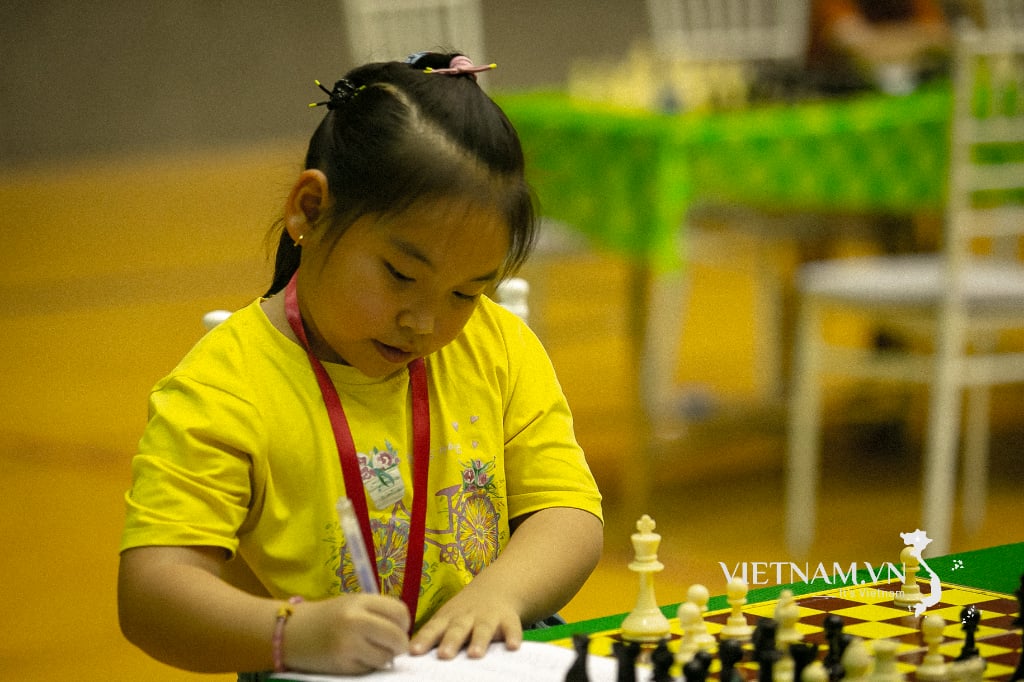
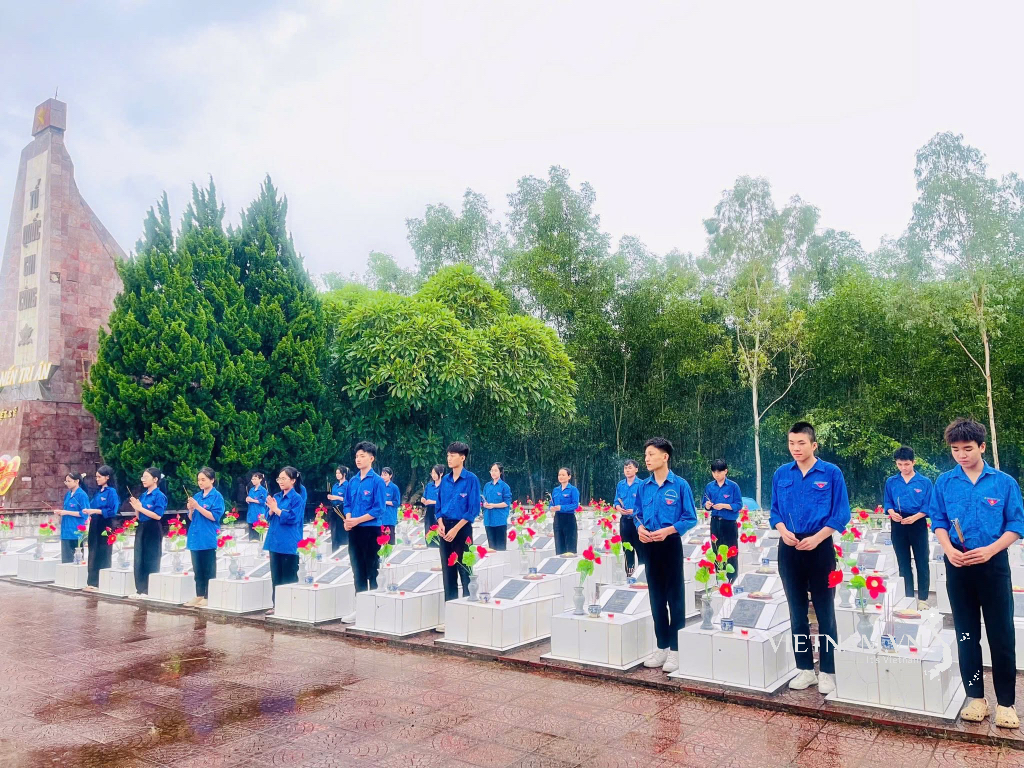


Comment (0)